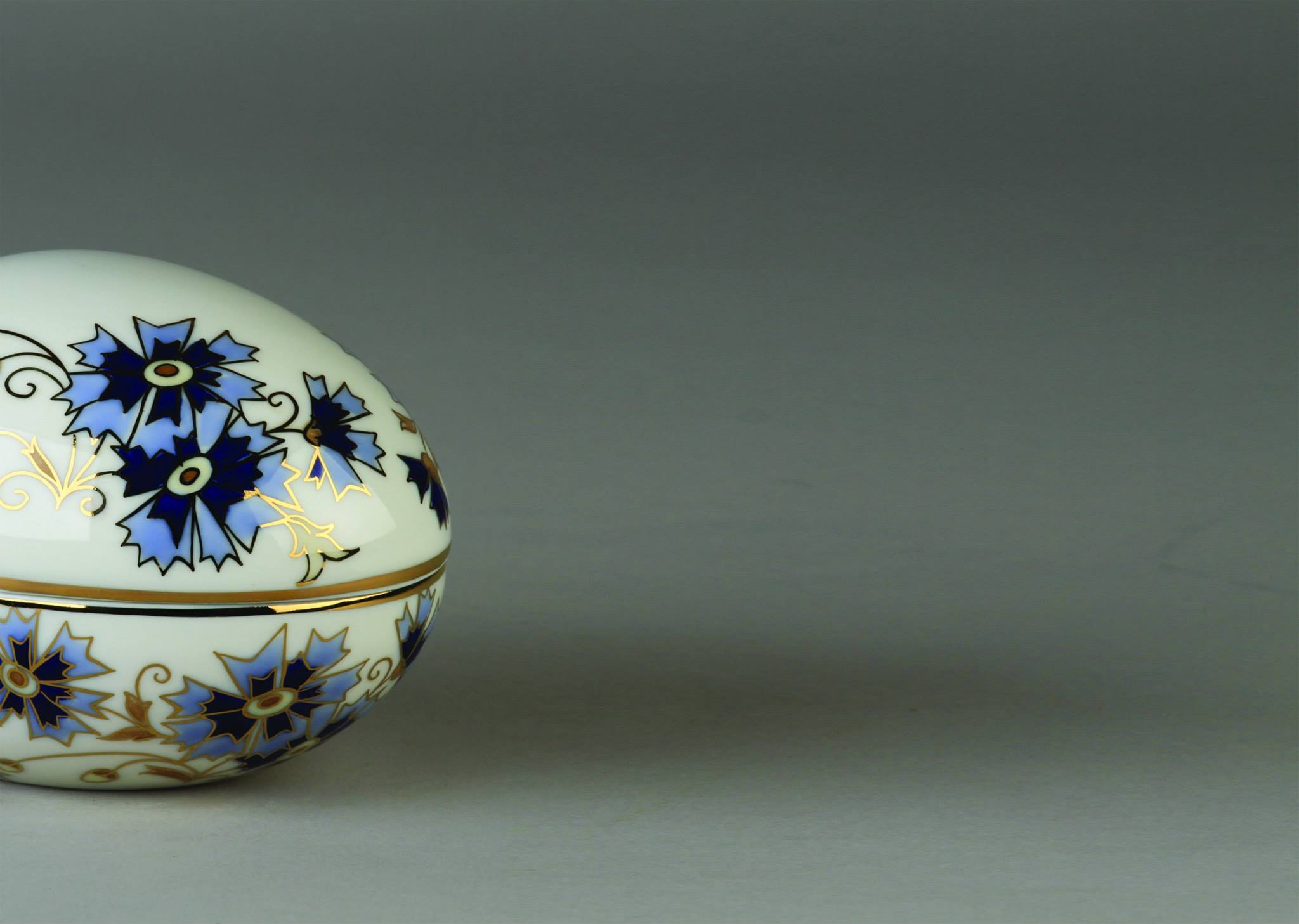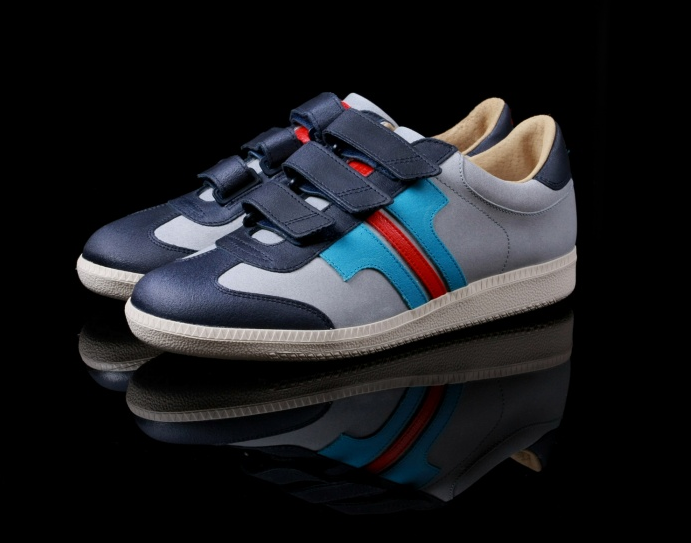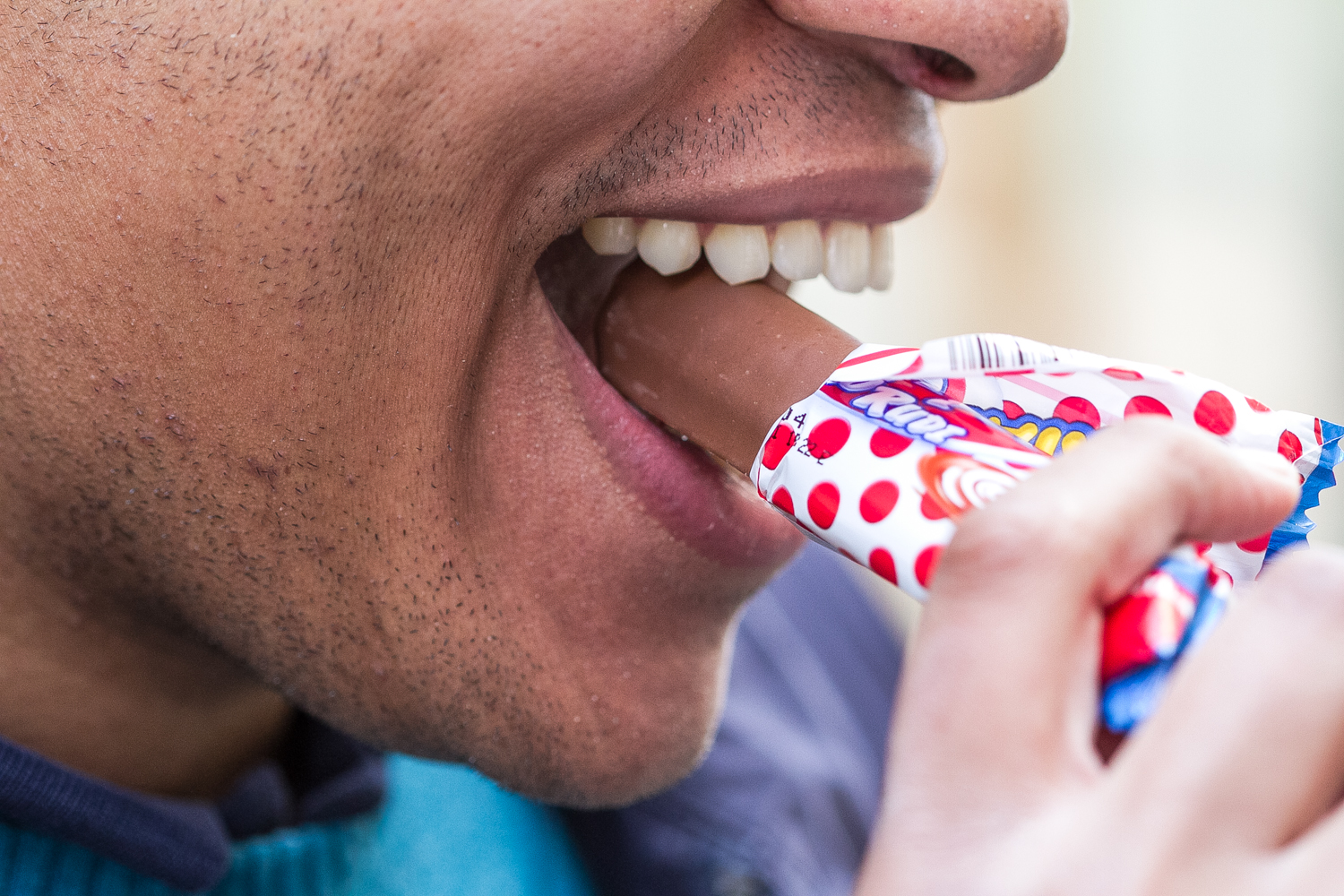1/9
Pick Szeged’s Winter Salami
Feeling hungry (this time it’s not a wordplay with Hungary-hungry) but don’t have time to cook? It definitely means sandwich time. But instead of sticking to your every-day toppings it’s time to try something local: Winter Salami. The most famous Hungarian cold cut is likely to make you addicted right away with its harmonic smell and special taste. Its secrets are traditional technology, cold smoking, spices, and a special kind of local noble-mould that appears in the product due to maturation. No surprise it has become known worldwide by now.
2/9
Tisza Cipő
Tisza, is company that is famous for producing shoes (cipő) and was named after a river located in Eastern Hungary. During your stay if you need to shop for something that you have never had before you should visit one of the Tisza Stores. This famous Hungarian brand has been around since the 1940s and the factory never stopped producing. During its golden era Tisza shoes appeared in Kuwait, Liberia and reached the English market as well. Recently the company has become popular again among young people with its new, sporty designs, trendy clothes and accessories.
3/9
Zsolnay Porcelán
The famous porcelain, stoneware and ceramic manufacturer company was established in 1853 and by the turn of the 20th century it became the largest company in Austro-Hungary. Zsolnay Porcelain Manufacture came up with a special dye called “eosin” that made their products iridescent with metallic glazes just like soap bubbles or seashells. The two World Wars and the communist era brought difficult times for the company but it managed to survive and it is still open, although not on the scale of the past. The factory there’s a Zsolnay Museum in Pécs where extremely rare items can be found. Their weather-resistant tiles and ornamentations still can be seen on many buildings throughout the country.
Zsolnay
WEB
4/9
Panyolai pálinka
When it’s time for a short drink pálinka is the way to go! The traditional Hungarian spirit is a real inspiration for both the body and the soul while it never fails to set the mood for the perfect parties. Hungarians often say that you can make pálinka out of everything you can eat. The most common pálinkas are made of apricot, plum and pear, but other fruits like apples, sour cherries, raspberries and even chestnuts can be used. But it’s not only about the fruits; pálinkas are also distinguished by the way they are aged and the region of their origin. One of the most popular brands is Panyolai Pálinka whose selection includes pálinkas with a honey and pálinkas rested on comfortable fruit beds for months before being bottled. We really don’t want to go into details though. Pálinka is for drinking and not explaining.
5/9
Erős Pista
Erős Pista literally means “Strong Stevie” and it’s a nickname of a paste made of peppers. It’s most often used to accompany meats and stews but sometimes it functions as a substitute for ketchup on sandwiches. It’s a little bit salty and in the middle on the spiciness scale. It has a female counterpart named Édes Anna (Sweet Ann) for those who prefer something milder and more delicate. They can very often be found in restaurant tables as well.
6/9
Túró Rudi
Almost every Hungarian’s favorite treat is this chocolate-coated cottage cheese (túró) bar that has proved to be our best companion through thick and thin ever since childhood. The original one comes with a red and white spotted theme and a layer of dark chocolate, but there are different varieties, for example, with apricot or peanut butter filling. This is one of the things that Hungarians living abroad miss the most so you should consider yourself lucky to be in a country where Túró Rudi can be found everywhere.
7/9
Tokaji Wines
Tokaji is the name of the wines from Tokaj-Hegyalja region that is known for its sweet wines. The grapes they use to make this wonderful liquid are affected by a kind of noble rot that is responsible for the wines’ unique tastes. The Tokaj region is very special because of its vulcanic soil that has high concentration of iron and lime and its climate protected by the nearby mountains. Even Louis XV of France referred to it as “Wine of kings, King of Wines” when he offered a glass to Madamme de Popadour. Tokaji Aszú is unquestionably the first in the world’s sweet wines and it’s even mentioned in the Hungarian National Anthem.
8/9
Törley Champagne
The fact that Hungary is a wine and pálinka country doesn’t mean that other things are not exceptionally good here. Perfect proof of that is Törley sparkling wine made of only the best quality wines that are entirely healthy, clear and has a fine aroma and a neutral character. After the second fermentation it becomes bubbled which makes Friday nights sparkling and fun. Be careful with it though, the carbon dioxide has a bad habit of pumping the alcohol into your head quite quickly making you do things you might not be very proud of the next day.
9/9
Negro
In English speaking countries, offering somebody a Negro may draw some attention, but in Hungary everybody knows that it has nothing to do with racism. The famous candy, known as “chimney sweep of the throat”, was invented by an Italian confectioner Piatro Negro who worked in Hungary during the 1920s. Its unique taste comes from the combination of molasses and menthol and it is said to have a positive effect on raspy voice and throat ache. According to children, Negro is the second best thing about catching a cold after not having to go to school.













